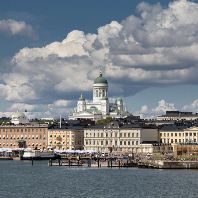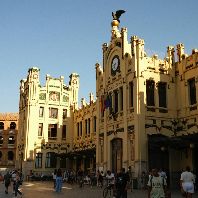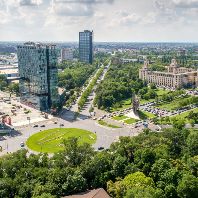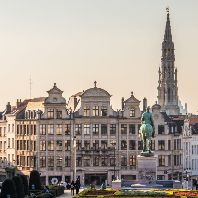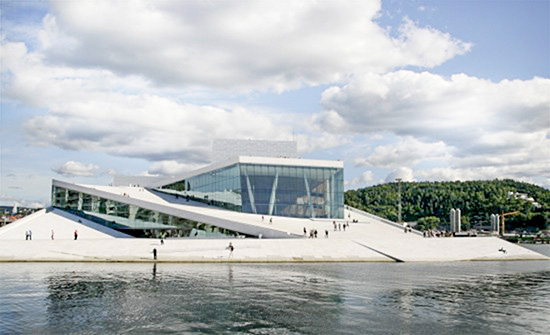 ©Anne-Britt Svinnset, shutterstock.com
©Anne-Britt Svinnset, shutterstock.com
ECONOMIC OUTLOOK
The moderate growth in the economy experienced in 2013 is expected to continue for another few years. Due to the decrease in petroleum investments and the new government's aim at increasing efficiency in the public sector, unemployment is projected to rise to almost 4 % in 2015. However, the decrease in petroleum investments, is expected to be compensated by a moderate increase in other parts of the economy, low interest rates and a weaker NOK among others. The home prices are yet again increasing in Q1 2014, after two successive quarters of decline. The growth in the economy is expected to be following a positive trend by 2016.
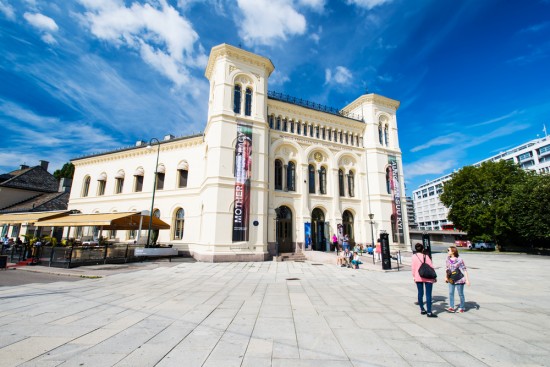 ©Nanisimova, shutterstock.com
©Nanisimova, shutterstock.com
INVESTMENT MARKET
The Norwegian investment market is dominated by domestic players, but is experiencing increasing interest from international investors. Property in Oslo is especially attractive. The city’s healthy letting market supported by the strong population growth (among the fastest growing cities in Europe), the strength of the economy, available funding and less risk adverse investors supports a continued healthy investment market. The return of the competition between banks to finance real estate projects has also made the market more dynamic, enabling both large and small investors to take positions. The Greater-Oslo market typically represents around 60% of the transaction market. Prime yield for office buildings is currently estimated at 5%.
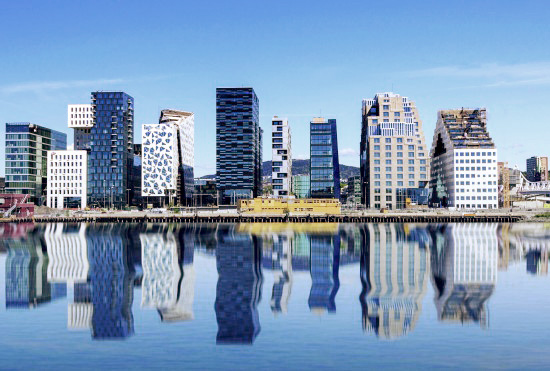 ©Morten Normann Almeland, shutterstock.com
©Morten Normann Almeland, shutterstock.com
OFFICE MARKET
The state of the office market in Oslo is healthy; it is the largest office market in Norway, with approximately 10 million m² of office space. The city center is the most attractive office cluster due to its location, while CBD sees the highest rents due to the high quality of the premises (in addition to location). Prime rent is currently estimated at approx. NOK 4,700/m²/year. The rents in both the city center and CBD are expected to increase further.
CBD and office cluster Bjørvika have a high presence of lawyers, management consulting firms and the banking/investment industry. The oil and gas industry is highly represented in the west-end of Oslo. Due to the tenants’ high requirements in terms of quality and efficiency, many large areas of office clusters such as Bjørvika, Økern and Fornebu have been converted to fit these demands.
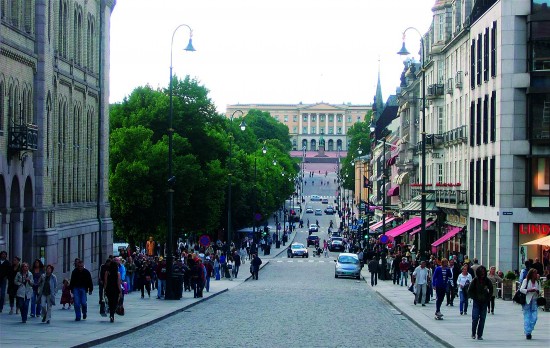 ©Rufus46
©Rufus46
RETAIL MARKET
The retail market in Oslo has managed well through the crisis in Europe. The consumption of goods in Norway has increased each year from 2008 to 2013. Main shopping streets around Karl Johans Gate have almost zero vacancy of retail premises, and have reached historically high rent levels for the best premises (NOK 25,000/m²/year). Several international luxury brands have opened their first store in Norway recently. The consumer spending is expected to keep growing and there is great potential for further development in the high-street retail market. The transformation of Aker Brygge, the development of Bjørvika, the reopening of Bogstadveien and the development of Vikaterrassen will add even more retail space to Oslo.
INDUSTRIAL/LOGISTICS MARKET
Groruddalen is the prime logistics cluster due to its location in Oslo and nearby the Alnabru train terminal which transport goods further into Norway. Berger is also viewed as an attractive alternative due to its proximity to Oslo Airport Gardermoen. In the South of Oslo, Regnbuen and Vinterbro have become popular logistic clusters. All these logistics clusters are attractive due to their location along major highways, either towards the rest of Norway, or towards Gothenburg, and hence the rest of Europe.
In general, there is plenty of available land, but zoned land is insufficient. Logistics buildings are usually an attractive investment because of long lease contracts, predictable costs and lower volatility, but the residual risk remains somewhat high due to tenants' high requirements in terms of functionality and quality of the warehouses/distribution terminals.
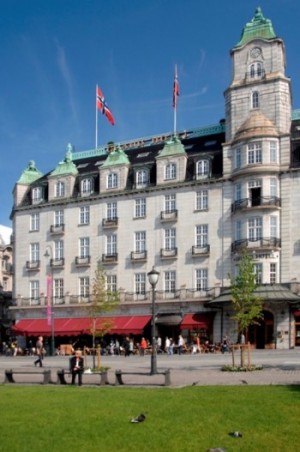 ©VisitOSLO_Nancy Bundt
HOTEL MARKET
©VisitOSLO_Nancy Bundt
HOTEL MARKETAs one of the most expensive cities in the world, the hotel market in Oslo is first of all sensitive to the domestic economic development. The high price level makes it difficult to attract a large amount of tourists. This has also led to a low ratio of high quality hotels, as the market for 5-star hotels is relatively small.
In total, there are 85 hotels in Oslo (including Asker, Bærum, Fornebu and Ullensaker, Gardermoen). The RevPAR for these hotels in 2013 was NOK 586, which is 4th highest in Norway, somewhat higher than in 2012, and above the Norwegian RevPAR average. In addition to tourism, the city attracts a lot of business travellers. This has led to an increase in development projects nearby CBD, Fornebu (Oslo's oil and gas cluster) and Oslo Airport Gardermoen.
If you’d like to promote your city, please contact media@europe-re.com.



